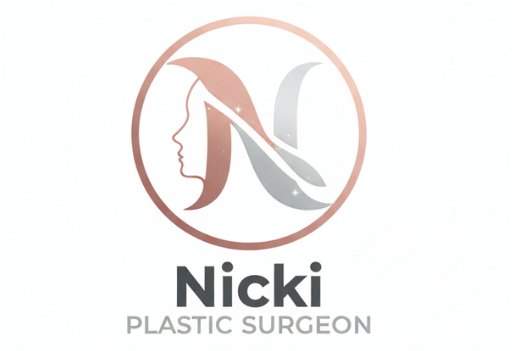
Mole Removal in London
At her London practice, Dr Nicki Bystrzonowski offers mole removal for both medical and cosmetic reasons, using safe and precise surgical techniques that prioritise minimal scarring and natural healing. Each case begins with a detailed examination to determine the nature of the mole and the most suitable removal method.
As a specialist plastic surgeon, Dr Nicki combines medical accuracy with aesthetic sensitivity. Her approach ensures not only complete removal and peace of mind, but also excellent cosmetic results, especially for moles on the face or other visible areas.
What Is Mole Removal?
Mole removal is a minor surgical procedure performed under local anaesthetic to remove a mole completely from the skin. The removed tissue can be sent for histopathology analysis, which provides a laboratory report confirming whether the mole is benign (non-cancerous) or requires further attention.
Mole removal can be performed for several reasons:
Medical: if the mole has changed in appearance, bleeds, or causes discomfort.
Cosmetic: to improve appearance or comfort, particularly on the face, neck, or body areas where friction occurs.
Dr Nicki uses refined plastic-surgical techniques such as shave excision, elliptical excision, or laser removal (depending on the mole type and location). Every treatment is performed with precision, ensuring healthy surrounding tissue is preserved and scarring is kept to a minimum.
Key Information
| Detail | Summary |
|---|---|
| Procedure Time | 20–45 minutes |
| Anaesthetic | Local anaesthetic |
| Hospital Stay | Day case (outpatient) |
| Recovery Time | Minimal; most patients resume normal activities immediately |
| Scarring | Small and discreet; fades with time |
| Results Visible | Immediate removal; area heals within 1–2 weeks |
| Longevity | Permanent; recurrence is rare if fully excised |
| Follow-Up | Histopathology results (if sent) usually within 5–7 days |
How Mole Removal Works
Consultation and Assessment
Every procedure starts with a detailed consultation with Dr Nicki Bystrzonowski, who examines the mole using a dermatoscope, a magnifying tool that helps assess colour, border, and structure. If removal is recommended, Dr Nicki explains the best technique, what to expect, and how to care for the area after treatment.
Anaesthetic and Preparation
A small amount of local anaesthetic is injected to numb the skin completely. The procedure is quick and painless, typically lasting less than half an hour.
The Procedure
Depending on the type and location of the mole, Dr Nicki may:
Shave excise it (removing the surface portion flush with the skin), or
Surgically excise it (removing the full lesion and closing the skin with fine sutures).
The removed tissue is sent for laboratory analysis if there is any concern or uncertainty about the diagnosis.
Recovery and Healing
A small dressing is applied for protection. Healing usually takes 7–10 days, with minimal scarring. Dr Nicki provides full aftercare guidance and reviews the area to ensure smooth healing and a good cosmetic outcome.
Long-Term Results
Once healed, the skin appears clear and flat. Scars fade gradually, often becoming almost invisible over time. Mole recurrence is rare when removal is complete.
